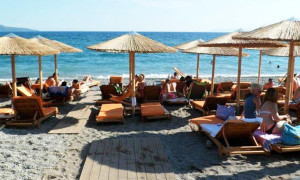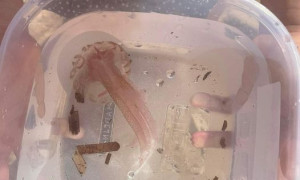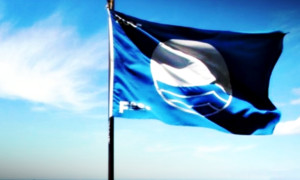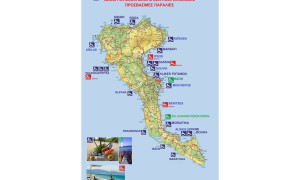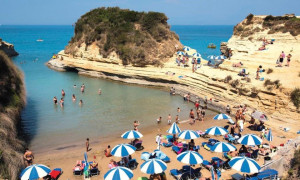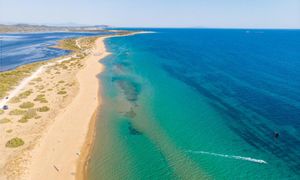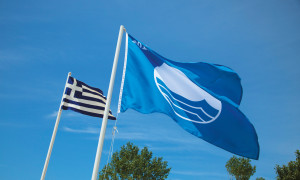Proliferation of purple jellyfish in Corfu for second year running
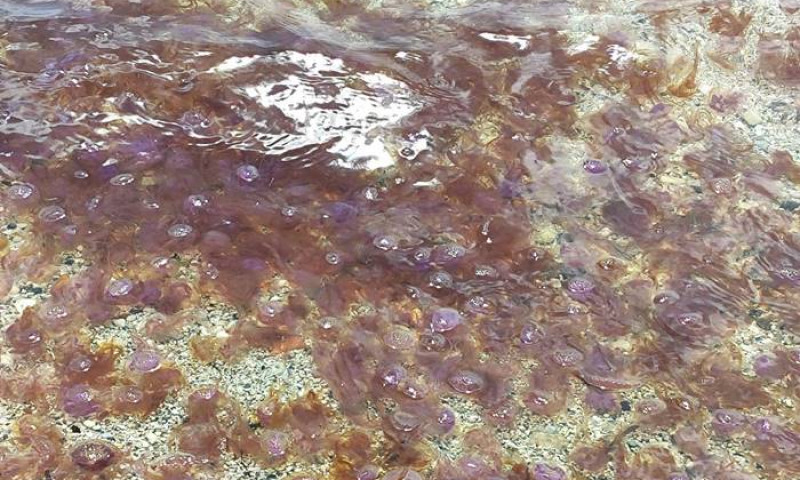
CORFU. The jellyfish have already been observed in Benitses, Perama, Vlaherena, Mon Repos, Anemomylos, Nissaki, Kalami and Barbati.
Christos Taklis, biologist and one of the founders of the Greek Biodiversity Observatory, told Enimerosi that purple jellyfish have been spotted in Benitses, Perama, Vlaherena, Mon Repos, Anemomylos, Nissaki, Kalami and Barbati, according to reports received from members of the public. However, since purple jellyfish are carried by sea currents, it is very possible that they may appear on other beaches of the island and with the increase in temperatures it is expected that they will be observed in other areas of the Ionian Sea.
"This is the second year that there has been these kind of numbers in the Ionian Sea," said Mr. Taklis. "with the biggest problem currently being observed in Corfu during this particular period of May. They don't seem to be coming from the Adriatic; they may have become trapped here due to the sea currents and the increase in temperature. Outbreaks can last up to four years. In the third year, there is a sharp decline, and in the fourth year, they are rarely seen." He added that the phenomenon has become more noticeable now that people have started going to the beach, as purple jellyfish were also observed during the winter in Corfu.

Better than expected
He pointed out, however, that things are much better than expected, given that the phenomenon is usually worse during the second year, and the numbers in the Ionian Sea are lower compared to what has been observed in the Aegean Sea.
If bathers encounter a lot of purple jellyfish in the sea, Mr. Taklis recommends avoiding entering the water because, although they are not lethal, they are one of the most dangerous species for humans found in the Mediterranean.
Their sting is particularly painful due to the neurotoxins they possess, so bathers should be well-informed about what to do in case of a sting. He said that people are urged to check the weather and the winds before going to a beach, as it is necessary to have winds blowing in the opposite direction from the beach.





